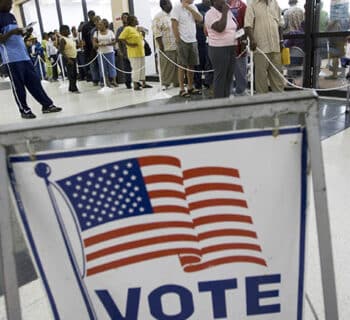We live in a world where vaping is stealing thunder from the once deeply-ingratiated cigarette. In the future, we may see the day that e-cigs stomp out the last remaining tobacco products in the country.
Big tobacco is currently struggling, and it’s no surprise why: people have grown wise to the dangers of smoking. Jumping onto the scene as a safer alternative, e-cigs are impacting big tobacco more every year. These are 5 ways big tobacco is impacted by the popularity of e-cigs.
1. Creating New Vaping Products
At first, it seemed that big tobacco laughed in the faces of smaller companies presenting ‘smokeless’ cigarettes as a valid alternative. There’s nothing to laugh about anymore.
With the popularity of vaping increasing every year — especially among teenagers, one of big tobacco’s long-standing targets — major tobacco manufacturers have little choice but to venture into the uncharted waters of smokeless alternatives. From 2010 to 2012, e-cigs transformed from a novelty to a 500 million-dollar industry. From 2012 to 2015, the market value of e-cigs increased by almost 600%. Big tobacco companies have tried to appeal to the new crowd with their own vaping products.
2. New Advertising Campaigns
The world of advertising and marketing is all about shameless self-promotion. Big tobacco is one of the greatest examples of this idea; until the 1940s, tobacco companies got away with marketing cigarettes as healthy.
Since then, big tobacco has relied greatly on point-of-sale marketing. Wandering teenagers are easily inspired by colorful tobacco ads on gas station windows. But e-cigs have shifted big tobacco’s marketing campaigns once again.
The popularity of vaping has brought the nationwide opinion of smoking to a vulnerable position. The attitude surrounding big tobacco is becoming increasingly negative, and e-cigs have undoubtedly played a massive role. In 2017 and beyond, big tobacco companies will be forced to widely advertise the harmful effects of cigarettes.
3. Dealing With Less Addiction
Big tobacco has long relied on addiction to push sales. Throughout history, few legal products have been able to stir an addictive response in consumers the way the cigarette has. With a lot of money invested in vaping products, however, the environment is changing.
E-cigs have always come with the promise of selectable nicotine levels. Regular smokers starting on their journey to quitting can choose e-cigs with higher nicotine content. Social e-cig users, on the other hand, can purchase products with little nicotine — or none at all.
Big tobacco companies are, for the first time, struggling to create loyal customers for an important new line of products. Also, e-cig users are less likely to make a trip to the store because they ‘need’ to vape.
4. Moving Overseas
As America has developed an aversion to the traditional products of big tobacco, companies like R.J. Reynolds and Philip Morris USA have expanded their marketing efforts overseas. The results, frankly, are despicable.
Developing countries are a prime target for big tobacco to utilize their old-world marketing tactics of deceit and trickery. Without the proper means of spreading news of the dangers of cigarettes, citizens of developing countries are very likely to develop a dependency on cigarettes without knowing the other side of the bargain.
E-cigs may have stepped on the toes of big tobacco in America, but companies have invested much in the growing dependency of smokers across the world. Only time will tell if regulations can put an end to the madness.
5. Working With Less Money
Overall, despite many efforts to adapt, big tobacco is not generating the profit it once enjoyed in the American heyday of smoking. Major tobacco companies are forced to work with less money every year.
This means that each risk these companies take — each new product or new country invested in — becomes much more important. Unlike what it seemed twenty years ago, big tobacco is finally looking vulnerable. The e-cig must be considered a champion of that movement.Every year, the popularity of e-cigs increases while the popularity of real cigs trends in the opposite direction. Big tobacco has reacted accordingly, but will their efforts be enough? Could we be on the horizon of a world free from big tobacco?









